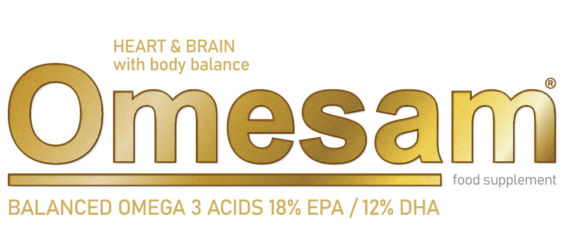What are HDL (good) and LDL (bad) cholesterol?
Cholesterol is a fat-like (lipid-like) substance that your body uses as a building block to produce hormones, vitamin D, and digestive juices that help you break down fats in your diet. HDL (high-density lipoprotein, or “good” cholesterol) and LDL (low-density lipoprotein, or “bad” cholesterol) are two types of lipoproteins that carry cholesterol to and from the body’s cells in the blood.
The body needs some cholesterol to function, but when levels get too high, fatty deposits can accumulate in blood vessels, which causes them to narrow. This narrowing of the blood passageways by these lipids can lead to heart attacks, coronary artery disease, strokes, or other vascular diseases.
What do HDL and LDL mean?
LDL and HDL are the two main types of cholesterol (blood fats, or lipids) that make up your total cholesterol.
- HDL (high-density lipoproteins), or “good” cholesterol, may protect the body against narrowing blood vessels
- LDL (low-density lipoproteins), or “bad” cholesterol, may make arterial narrowing worse
There is a third type of cholesterol called VLDL (very-low-density lipoproteins), which is another type of “bad” cholesterol produced in the liver, and contains a high amount of triglycerides.
Doctors and other health care professionals consider LDL cholesterol the “bad” cholesterol. Increased numbers of LDL cholesterol indicate more risk for blocked arteries and health problems.
Doctors consider HDL cholesterol the “good” cholesterol, and they interpret its levels in the opposite manner of LDL. The higher your HDL cholesterol numbers, the lower your risk is for heart disease, vascular disease, and stroke. HDL cholesterol also may have a protective effect on the blood vessels, and a high level of HDL in your body may keep cardiovascular disease from developing.
Omega 3 in OMESAM can help lower total and LDL cholesterol levels.
- Total cholesterol levels less than 200 milligrams per deciliter (mg/dL) are considered desirable for adults. A reading between 200 and 239 mg/dL is considered borderline high and a reading of 240 mg/dL and above is considered high.
- LDL cholesterol levels should be less than 100 mg/dL. Levels of 100 to 129 mg/dL are acceptable for people with no health issues but may be of more concern for those with heart disease or heart disease risk factors. A reading of 130 to 159 mg/dL is borderline high and 160 to 189 mg/dL is high. A reading of 190 mg/dL or higher is considered very high.
- HDL levels should be kept higher. A reading of less than 40 mg/dL is considered a major risk factor for heart disease. A reading from 41 mg/dL to 59 mg/dL is considered borderline low. The optimal reading for HDL levels is of 60 mg/dL or higher.

